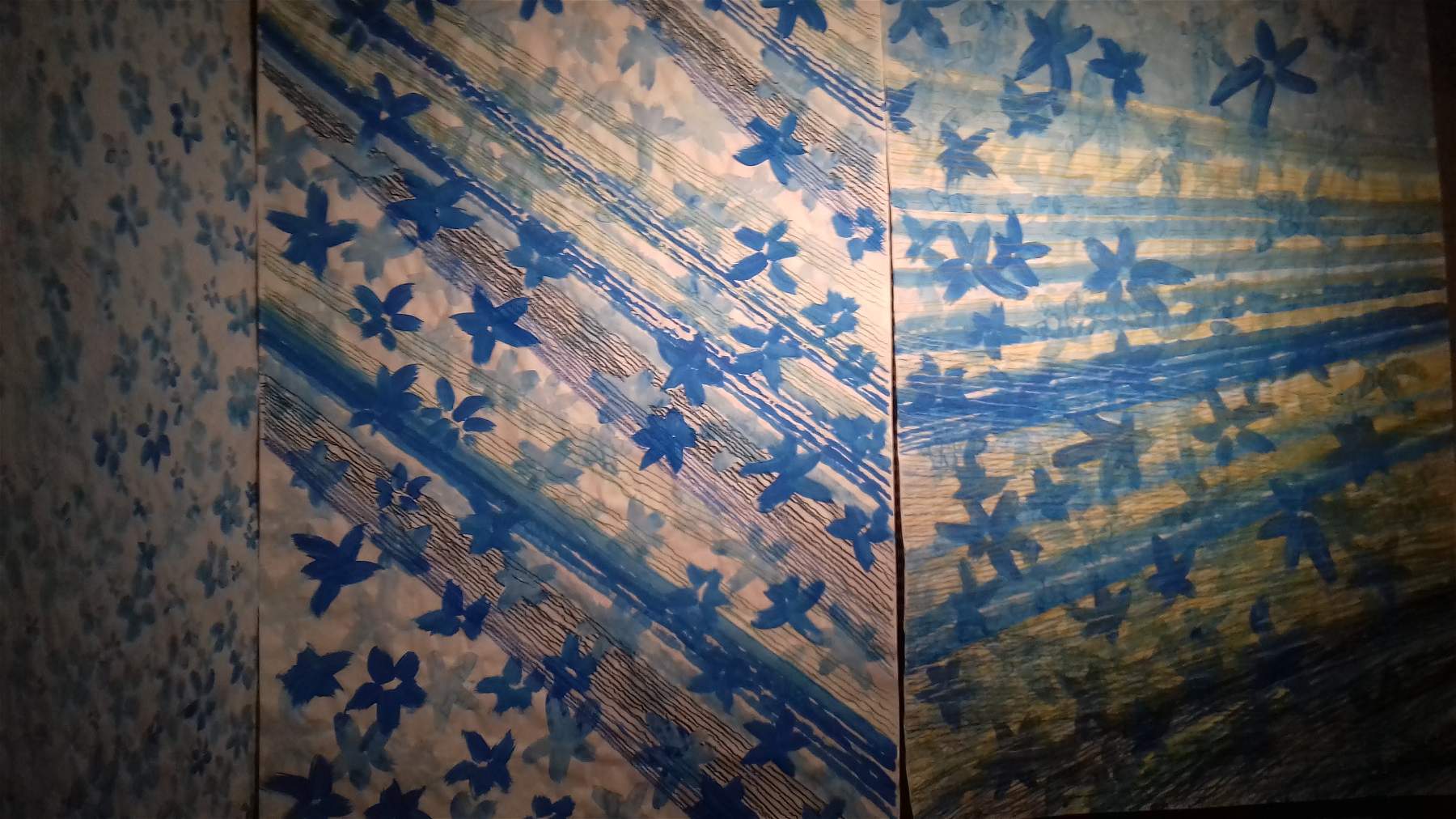From March 26 to May 5, 2019, Stefano Arienti (Asola, 1961), one of the most highly regarded contemporary Italian artists, is on view at the Chiostri di Sant’Eustorgio in Milan with his solo exhibition Fiori. The exhibition is curated by Angela Vettese and represents a new chapter in the program of exhibitions of contemporary artists within one of Milan’s most historically rich complexes. In the exhibition, the public will find a series of works capable of dialoguing with the place that hosts them, that is, with the vestiges and presences of the past, from ancient furnishings to stones from the Sant’Ambrogio era, to ancient works of art. For the occasion, Arienti has created a never-before-seen work that confronts Altobello Melone ’s (Cremona 1490/91 - ante 1543) recently restored large panel of the Lamentation over the Dead Christ from the Archbishop’s Palace in Milan, and exceptionally on display at the Diocesan Museum until May 5.
The exhibition begins in the Early Christian Cemetery, where a series of flowers painted in tempera on paper lead visitors to reflect on the theme of the necropolis of Christian martyrs and the practice of worshipping the dead, and continues in the basilica of St. Eustorgio; here one notices references to popular decoration, such as the carpets dyed black or red in the Chapter House and the Monumental Sacristy, and reinterpretations of works of art’art such as Van Gogh’s Sunflowers and Irises, whose backgrounds, covered with gold and silver foils, recall the continuity between still life painting and icons; thus other masterpieces by Van Gogh and Renoir undergo Arienti’s intervengo, giving the installation an unusual depth through the use of plasticine that increases the materiality of the color.
The reinterpretation of Michelino da Besozzo’s Procession of the Magi, in the Solarian chapels, where a curtain has been superimposed over the reinterpretation on green cloth, ideally introduces the room of the Diocesan Museum where Altobello Melone’s Lamentation over the Dead Christ is housed. Arienti also comments on this work by placing it side by side with a dustcloth on which, with silver and gold ink, he traced some of its salient lines. What emerges is a kind of contemporary synopsis that also includes a hint of the possibility that future agents will disintegrate it.
“In his intervention at the Diocesan Museum,” Angela Vettese points out, “Stefano Arienti confirms the consistency and ductility of his work. Indeed, since the late 1980s he has been proposing a way of conceiving the work as a continuous commentary on current living, in which humanity and its rituals enter as part of a larger natural dynamic, all-encompassing and wonder-bearing. Arienti began as a botanical scholar and has remained passionate about all kinds of classification, always engaged in an archaeology of the everyday that makes, of our species, just one of many presences in the cosmos.”
The exhibition can be visited during the opening hours of the Sant’Eustorgio complex: daily from 10 a.m. to 6 p.m. (the ticket office closes an hour before). You can enter with a cumulative ticket (Diocesan Museum, Museum of the Basilica of Sant’Eustorgio, Portinari Chapel, Early Christian Cemetery, Stefano Arienti exhibition), full 10 euros, reduced and groups 8 euros, schools and oratories 6 euros. For more information you can visit the Chiostri di Sant’Eustorgio website.
 |
| Stefano Arienti talks with Altobello Melone at the Chiostri di Sant'Eustorgio in Milan with his Fiori |
Warning: the translation into English of the original Italian article was created using automatic tools. We undertake to review all articles, but we do not guarantee the total absence of inaccuracies in the translation due to the program. You can find the original by clicking on the ITA button. If you find any mistake,please contact us.